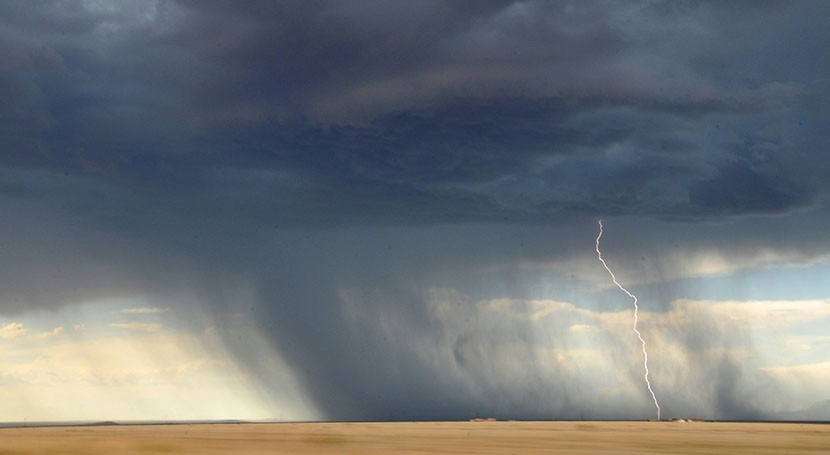Enhanced Monsoon Rainfall Predictions with AI

April 1, 2024
The editors at Science X have thoroughly evaluated this article according to their established editorial process and policies. The authenticity and credibility of the content have been confirmed based on the following features:
- Fact-checked
- Peer-reviewed publication
- Trusted source
- Proofread
by Lori Dajose from the California Institute of Technology
Annually, over a billion people in the Indian subcontinent experience the South Asian monsoon season from June to September. Rainfall during this season shows a pattern of fluctuation - a few weeks of heavy rain followed by primarily dry weeks. Anticipating the timings of these wet and dry periods is vital for agricultural planning and urban flood readiness. However, predicting the weather even a week or month in advance is a daunting task despite the general accuracy of short-term weather predictions.
A recently devised forecast built on machine learning has produced promising results, presenting a more accurate prediction of the South Asian monsoon rainfall 10 to 30 days in advance. This method surpasses the numerical modeling used in current forecasts and is an essential step forward in understanding the behavior of monsoon rains, which plays a substantial role in the global climate.
The study was guided by Eviatar Bach, Foster and Coco Stanback’s Postdoctoral Scholar Research Associate in Environmental Science and Engineering, working in the labs of Tapio Schneider and Andrew Stuart, both senior research scientists.
The new method is detailed in a paper published in the Proceedings of the National Academy of Sciences.
'Understanding climate change's impact on monsoons and other weather events, such as hurricanes and heat waves, is crucial. We need better preparedness for these events, and improving short-term predictions can significantly contribute to this,' comments Bach.
Predicting atmospheric behavior is complex due to its inherent instabilities resulting from factors like varying heating patterns, and Earth's rotation. All these contribute to an uneven distribution of air pressure in the atmosphere, leading to rapid errors in atmospheric modeling, making long-term weather prediction nearly insurmountable.
Current approaches use numerical modeling that simulates atmospheric behavior based on physical equations. However,the chaotic nature of the ecosystem limits these models' forecasting capability to approximately 10 days. Predicting the long-term average behavior or climate possible, whereas predicting weather from two weeks to several months is challenging.
In relation to South Asian monsoons, rainfall follows a pattern of heavy showers and dry intervals. This pattern is termed monsoon intraseasonal oscillations (MISOs). The novel approach taken by Bach and his team involved incorporating machine learning into current models, allowing better data analytics of MISOs and thus, more accurate rainfall predictions. This resulted in a model that improved the alignment of the predictions and observations by up to 70%.
'Machine-learning in weather forecasting has gained traction over the past years,' Bach states. 'Our research exhibits that a fusion of machine learning and conventional numerical modeling can deliver precise results.'
The paper is named 'Improved subseasonal prediction of South Asian monsoon rainfall using data-driven forecasts of oscillatory modes.' The contributing authors include V. Krishnamurthy, Jagadish Shukla, Safa Mote, A. Surjalal Sharma, Eugenia Kalnay, and Michael Ghil.
The source journal for this research is the Proceedings of the National Academy of Sciences.
This article is provided by the California Institute of Technology.




